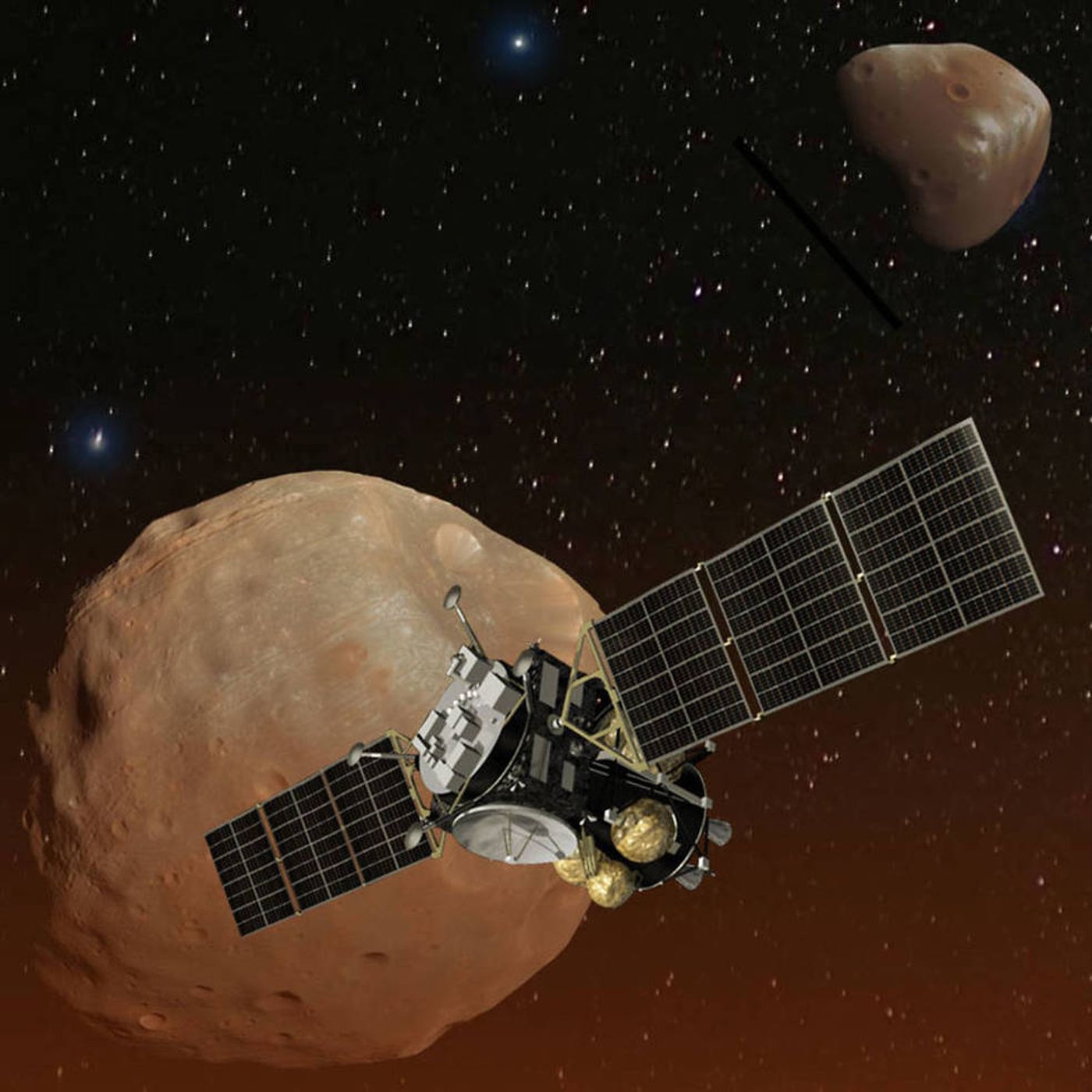Upcoming MMX Mission Brings Us One Step Closer to Sampling Phobos
While several unanswered questions regarding Mars remain today, we could uncover many answers that we seek by studying the red planet’s moons: Deimos and Phobos.
As of today, humankind has very little understanding of how Mars’ moons came into existence. On the other hand, an upcoming JAXA-led mission dubbed Mars Moons eXploration (MMX) is bringing international scientists together with one goal in mind.
Image Credit: JAXA/NASA
MMX is both study both Deimos and Phobos with its onboard instruments, but it could also return some of the first samples of Phobos to Earth for scientific analysis.
Helping to push the mission along, a formal announcement from NASA reveals that the United States-based space agency selected one of seven instruments that will travel into space with the probe when it launches in 2024.
NASA calls the selected instrument "MEGANE," which stands for “eyeglasses” in Japanese (a fitting term given the spacecraft’s origin and purpose).
MEGANE, which is coming together under NASA's Discovery Progam, will be a neutron and gamma-ray spectrograph intended to help space scientists snag a more detailed look at Phobos’ elemental composition.
Several theories exist concerning how Mars’ moons formed, but hopes are high that MEGANE could help us set our theories aside and legitimately answer the question, once and for all.
“With MMX, we hope to understand the origin of the moons of Mars,” said Masaki Fujimoto of JAXA’s Institute of Space and Aeronautical Sciences. “They may have formed as the result of a large impact on Mars, or they may be captured asteroids of a sort that may have brought a great deal of water to both Mars and Earth.”
Related: Will Mars one day have rings just like Jupiter?
If the MEGANE announcement wasn’t exciting enough, then hold onto your chairs. MMX could also return some of the first physical samples of Phobos to Earth by 2029. While we’ve brought rocks back from our own Moon before, this would be a first with one of Mars’ moons.
It should be interesting to see how the MMX mission will pan out, especially given the times. Learning as much about Mars and its moons as possible could prove critical as NASA and SpaceX inch closer to sending some of the first human explorers there in coming decades.
Source: NASA









